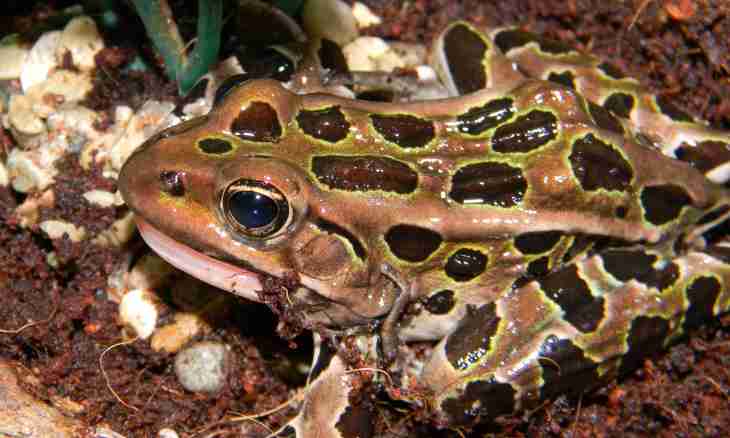On the question "What Reptiles Differ from Amphibia in" the son first grader, having returned from the village from the grandmother, important said: "Anything. It is unpleasant to pick up both toads, and snakes". He judges by the first impression. Actually, despite the similar relation to them of people around, differences between amphibians and reptiles there is a lot of.
Amphibians
These are vertebrate animals, some of the most ancient which appeared on Earth in the Devonian Period. They came from ripidistiya, the predatory kistepery fishes who came from water out of the water. There is not a lot of Amphibia, about six thousand types, they are subdivided into having a tail, tailless and legless.
In usual life it is the simplest to meet a frog or a toad. And hardly somebody wanted to face a huge Chinese salamander which weight can reach 100 kg.
ReptilesCold blooded vertebrate animals. They are at higher stage of development in comparison with Amphibia. They are divided into four groups: crocodiles (different types of alligators, caymans, crocodiles), turtles, scaly (snakes, chameleons, lizards) and Rhynchocephalia.
The main differences of Amphibia from reptiles
1. Emergence of posterity.
Amphibia lay the caviar which is stuck together by slime in water or damp holes. From berries tadpoles appear. They breathe gills and have a tail. In process of growing the tadpoles lose a tail, but get centuries that gives them the chance to see both in water, and on the land. At reptiles only a small part belongs to viviparous. The others construct nests and lay eggs. The posterity of reptiles quite independently as often the parent leaves a laying and does not return to it. And here crocodiles care both for eggs, and for the hatched cubs.
2. Integument.
Skin of amphibians smooth, damp. Not for nothing once they were called naked reptiles. The integument of Amphibia is literally penetrated by glands excreting poisonous slime for protection against influence of the external environment and enemies. Some amphibians are harmless and to be protected from attack, are forced to imitate a fighting color of poisonous frogs and toads. Between skin and muscles of Amphibia there are cavities with watery liquid. At reptiles, or reptiles scaly, skin is almost deprived of glands. It is impenetrable for liquid and gases. From above integuments orogovevat, and on them scales are formed. Periodically reptiles fade, dumping skin. Some get rid of an old integument at once, others in parts. The drawing on the dumped skin is almost not visible and the skin (vypolzok) is colourless.
3. Diet.
Amphibians eat insects, snails, worms, small invertebrate animals, rodents, slugs, mean to plants. Do not disdain the caviar laid by other Amphibia and even attempt upon similar. Sea toads eat dead animals and plants. Among reptiles it is possible to meet both insectivorous, and carnivores. Fish, seaweed, birds and their eggs, rodents enter a diet of reptiles. Cases of attack of such reptile as a komodsky monitor lizard, even on children are known. Some of reptiles are poisonous and before biting the victim, enter poison into her body.
4. Life expectancy.
In nature Amphibia cannot brag of longevity. Though in bondage the separate species of salamanders can live up to semicentennial anniversary. Life expectancy of snakes and lounge-lizards from 2 to 20 years. And here such reptiles as turtles, live up to 100 — 200 years. So kowtowing are aksakals of fauna.

